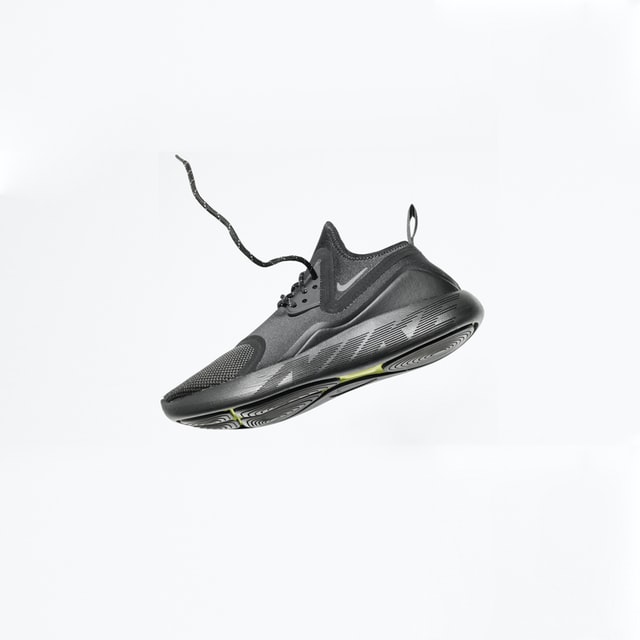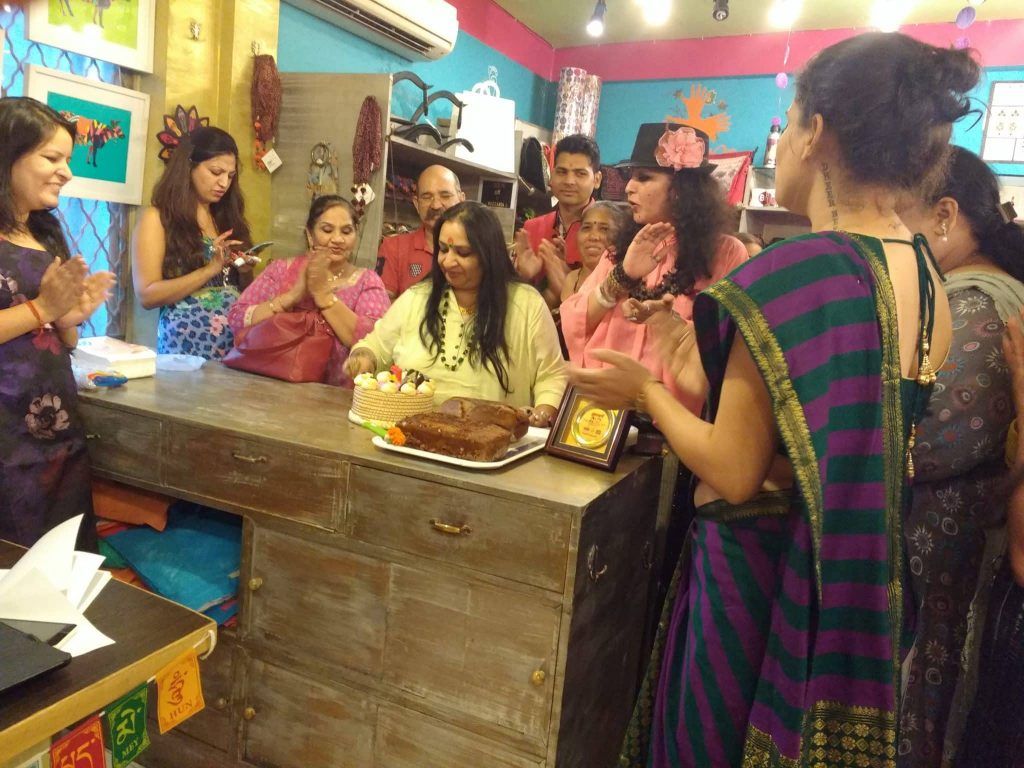INTRODUCTION
Flat-footed runners confront a slew of problems in selecting the shoes for flat feet, not least of which is a plethora of conflicting information. The internet and your local running store will most likely push you toward purchasing a model with more arch support. Experts in the field of sports injuries will advise you to go in the opposite direction.
So who do you trust? Unfortunately, there is no simple answer—the best shoe for you is determined by a variety of factors. However, there are a few characteristics to look for in best running shoes for flat feet that might help make your low arches feel more supported and comfortable—as well as a few shoes that have been found to be beneficial for flat-shoes.
What to Look for When Buying a Flat-Footed Running Shoe
Some runners have anatomically flat feet, while others have collapsed arches, which are flat owing to a muscle weakness. Although the two forms may appear identical, how you shop for running shoes for them varies considerably, according to Dr. Kimberly Davis of the RunLab in Austin, Texas. Dr. Davis says that adding arch support to a shoe for a flat-footed runner with collapsed arches due to muscular weakness is acceptable until the foot gets stronger and can support its own arch. However, if you have an anatomically flat foot, arch support just puts pressure on your knee, which can lead to knee problems.
Arch Support Is Not Always the Best Option
Runners with flat feet are prone to overpronation, which is when the arches of the foot roll inwards after landing. ( however, this isn’t true for every flat-footed runner—there are many biomechanically sound and efficient flat-footed runners who do not overpronate.) With the understanding that stability features don’t do much to alter the natural foot cycle, but some runners want them, all of it is beginning to change. According to Dr. Davis, people who have flat feet typically have incredibly flexible feet that never harden for the push-off. The footwear industry tries to address this by adding an arch support.
More factors to consider than simply having Walking Shoes For flat feet.
The truth is that the majority of running shoes for women for flat feet will work for most runners; nevertheless, if the shoes you’re wearing aren’t comfy right away or if you’re in pain while jogging, you should try a different pair. Get your stride analyzed at a clinic like the RunLab or even a store that offers gait analysis. Once you have more information about your feet and movement patterns, you can provide all that information to a running store to find the best shoe for you. Don’t be afraid to take a shoe out for a test run following assessment before purchasing anything.
- Flat Feet: How to Choose the Best Running Shoes
I reviewed the Runner’s World database of shoe test results, spoke with test editors on the Runners’ World test team, and went deep into accessible online shoe reviews to find these recommendations. To learn more about what shoes are best suited for flat-footed runners, I spoke with representatives at five of the top shoe companies. The convenience, performance, durability, and value of each item were taken into consideration when selecting them.
Benefits Of Flat Feet :
Feet with a normal arch must work to roll inwards during sports like basketball or volleyball that involve jumping, since they require more effort to do so. Flat feet naturally accomplish this. An alternative example is fast running, in which a broad foot must make strong contact with the surface in order for the body to advance. Fast runners tend to have flat feet.
Drawbacks Of Flat Feet :
An X-ray of your feet may reveal that you have flat feet, which can create a lot of strain on your body. Because flat feet don’t support the arch to absorb shock, your weight is transferred to your lower back. Back discomfort can develop with years of this kind of stress on the lower back.
Another frequent disadvantage for those with flat feet is instability, which may lead to greater energy usage while walking and running.
CAUSES OF FLAT FEET ARE:
Flat feet can occur for a variety of causes. It’s possible that it’s a hereditary condition passed down during pregnancy. A tarsal coalition is another potential cause. This means that the bones of the foot have fused together, preventing the arch from developing.
An injury to the foot ankle or damage to the posterior tibial tendon are other common causes of flat feet. The natural arch in the foot may collapse as a result of these injuries, resulting in a flatfoot instead. Because the arch does not instantly collapse in these situations, it only weakens with time as the injury heals and a flat foot
It’s possible that it’s a partial flat foot, or perhaps a full flat food with no indication of an arch. Normally, having flat feet isn’t considered anything more than a description, but there are many who suffer from discomfort and pain as a consequence of their condition. Therapy such as flat feet exercise or even flat foot shoe inserts is therefore essential
SIGNS OF FLAT FEET:
your shoes is one of the first things you may notice if you’re searching for signs of flat feet. The interior of your shoes should be more worn than the outside. This indicates that as you walk and run, your feet are rolling inwards, putting additional strain on the inside tread of the running shoe.
As a result of rolling, the individual may experience dizziness, nausea, vomiting, and fatigue. This rolling can cause numerous other problems:
Enlarged, swollen or painful ankles
Knee and hip discomfort
Heel and arch discomfort
If you don’t feel any discomfort yet have flat feet, this is quite normal. The majority of circumstances are rather mild and do not require any therapy. Look for shoes that are tailored to prevent overpronation if this is an issue for you. This will aid in the prevention of future injuries.
In the end,
Simply put, having flat feet does not necessitate the need for physiotherapy or specialized shoes for running. Many individuals have flat feet all of their lives without experiencing any pain or serious discomfort as a result. However, if you require assistance, you may try alternative therapies. You might also discover that using the right useful widgets like flat feet insoles can really improve your comfort and alleviate tension. for more information visit our site










